Find Help
More Items From Ergsy search
-

Pilates for back pain: Seated waist twist | NHS
Relevance: 100%
-

Pilates for back pain: Seated waist twist | NHS
Relevance: 99%
-
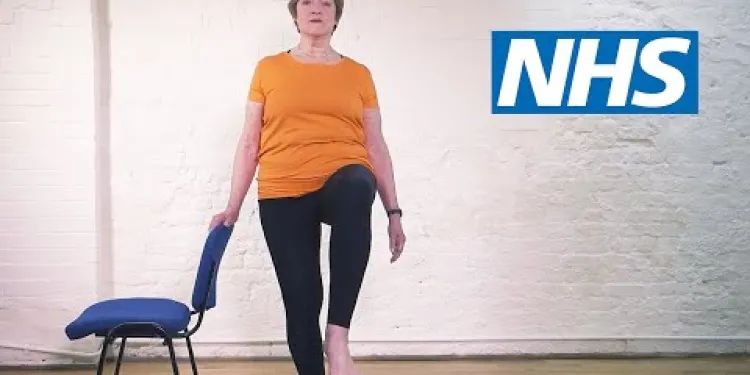
Pilates for back pain: Standing on one leg | NHS
Relevance: 42%
-
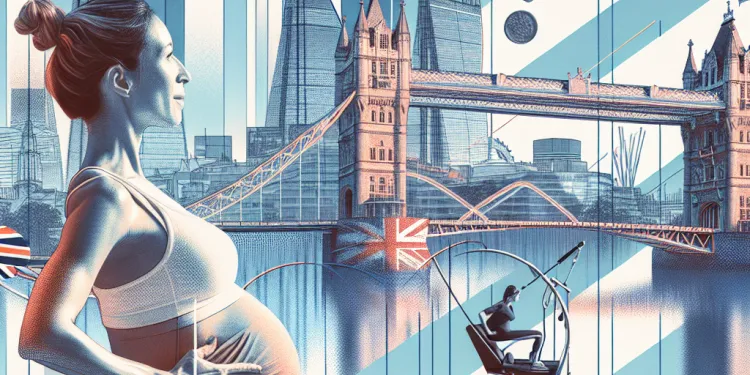
Can I do Pilates while pregnant?
Relevance: 29%
-

How to treat back pain | NHS
Relevance: 27%
-

Mechanical Lower Back Pain
Relevance: 25%
-

Pilates for Arthritis | NHS
Relevance: 25%
-

How do chiropractors treat back pain?
Relevance: 24%
-
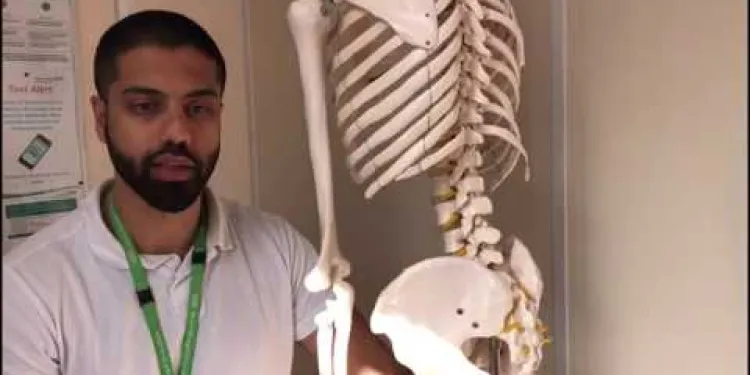
MSK Lower Back Pain information video
Relevance: 23%
-

Useful information for patients with lower back pain
Relevance: 23%
-

Useful information for patients with lower back pain
Relevance: 23%
-

Back stretches | NHS
Relevance: 21%
-

Evidence-Based Interventions: injections for non-specific low back pain without sciatica
Relevance: 20%
-

Should I avoid lying on my back during exercise?
Relevance: 16%
-

What exercises can I do during pregnancy?
Relevance: 15%
-
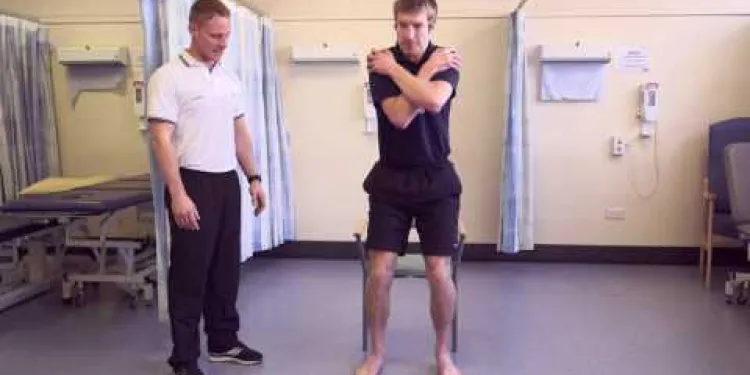
Exercises to help your lateral hip pain
Relevance: 15%
-
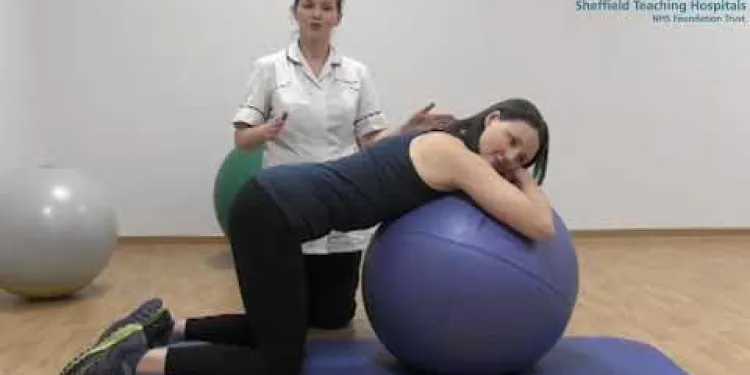
Mat and gym ball exercises with pregnancy related Pelvic Girdle Pain
Relevance: 14%
-
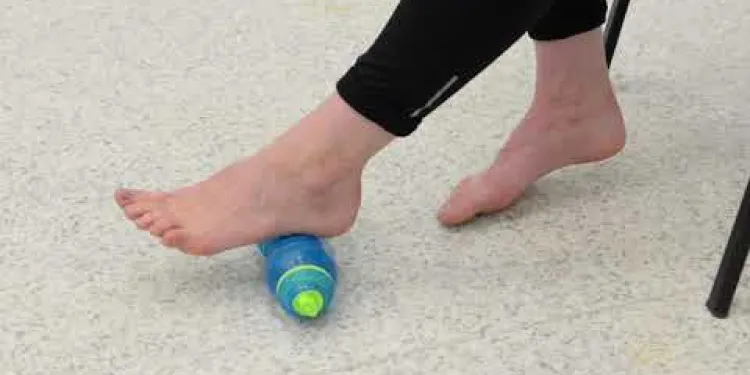
Foot Pain
Relevance: 14%
-
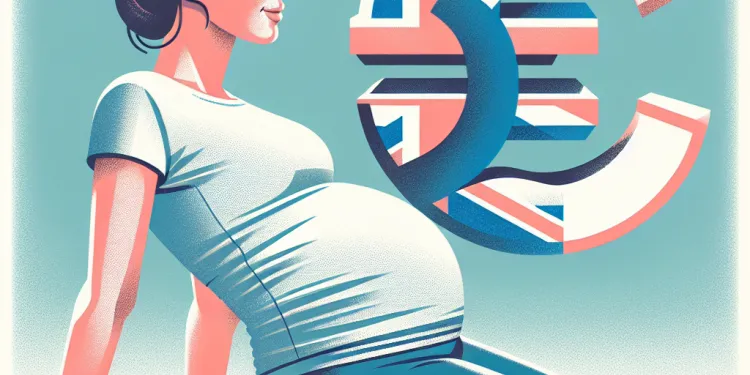
Can I do abdominal exercises during pregnancy?
Relevance: 13%
-

Is a mammogram painful?
Relevance: 13%
-
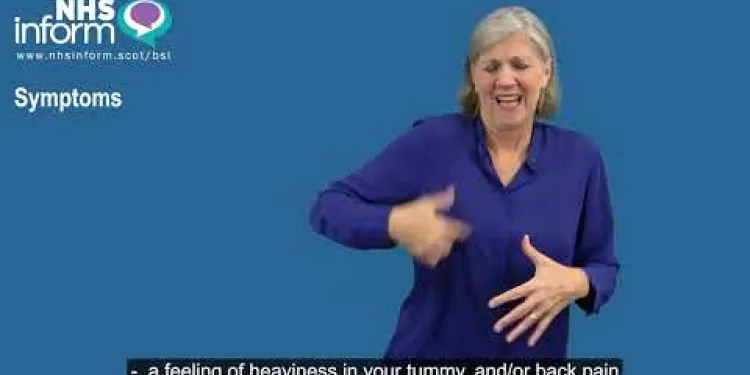
Period pain (dysmenorrhoea) - BSL
Relevance: 13%
-
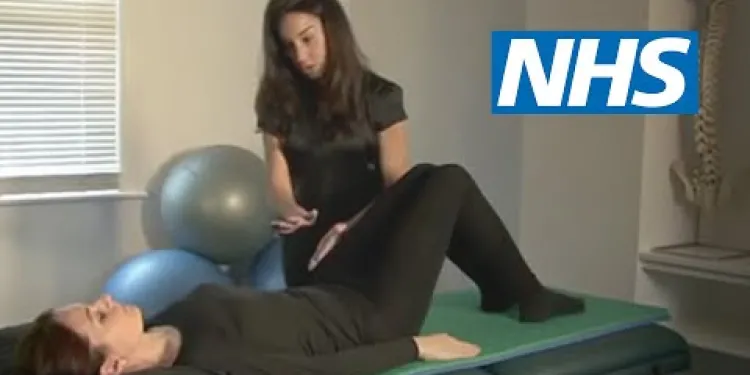
Exercises for sciatica: degenerative disc disease | NHS
Relevance: 13%
-

Are chiropractic treatments painful?
Relevance: 13%
-

Are there any fees to claim money back?
Relevance: 13%
-

How to deal with period pain | NHS
Relevance: 13%
-
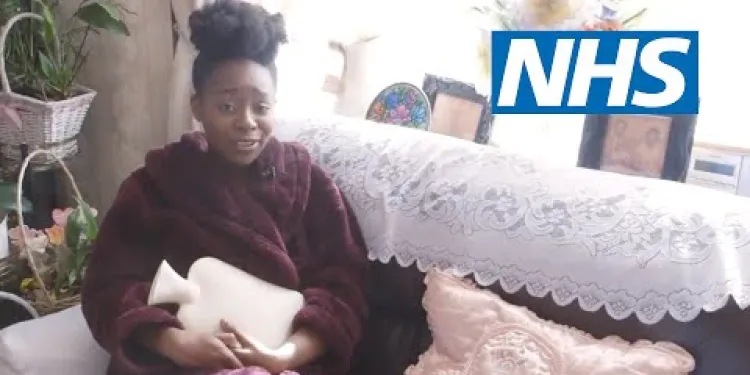
How to deal with period pain | NHS
Relevance: 12%
-

Is impetigo painful?
Relevance: 12%
-
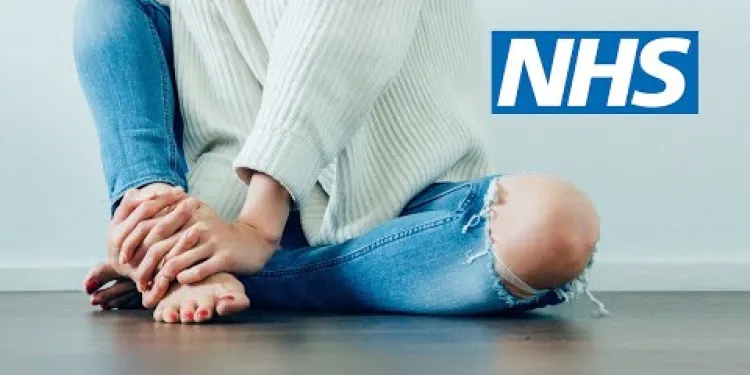
Heel pain | NHS
Relevance: 12%
-

Is a facelift painful?
Relevance: 12%
-
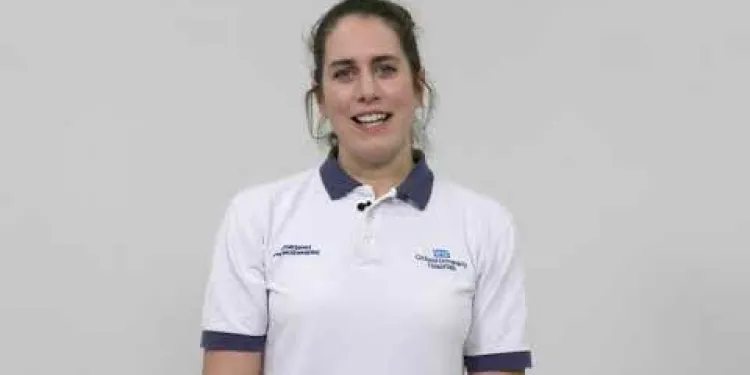
Pelvic Girdle Pain Advice Class
Relevance: 12%
-

Can lifestyle changes help manage pain and fever during pregnancy?
Relevance: 12%
-

How to deal with period pain | NHS
Relevance: 12%
-

How to deal with period pain | NHS
Relevance: 12%
-

Shoulder pain | NHS
Relevance: 12%
-

Where is the pain located when you have appendicitis?
Relevance: 12%
-
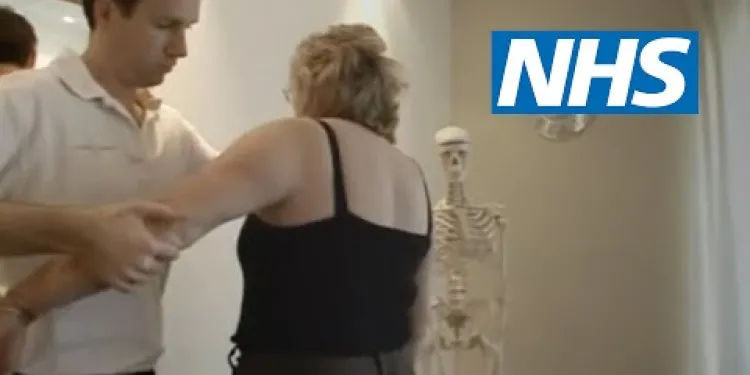
Shoulder pain | NHS
Relevance: 12%
-

Will I feel pain during the procedure?
Relevance: 11%
-

Advice on neck pain and whiplash
Relevance: 11%
-

Stomach ache and abdominal pain
Relevance: 11%
-

Shoulder subacromial shoulder pain
Relevance: 11%
Pilates for Back Pain: Seated Waist Twist | NHS
Introduction to Pilates
Pilates is a form of low-impact exercise that aims to strengthen muscles, improve posture, and enhance flexibility and balance. It is highly beneficial for individuals suffering from back pain due to its focus on core stability and controlled movements. In the UK, the NHS recognizes Pilates as a valuable method for managing and alleviating back pain.What is the Seated Waist Twist?
The seated waist twist is a simple yet effective Pilates exercise designed to target the muscles of the lower back and abdomen. It helps to improve spinal mobility and stretch the oblique muscles, which can relieve tension and pain in the lower back.How to Perform the Seated Waist Twist
1. **Sit on a Chair:** Begin by sitting upright on a stable chair with your feet flat on the floor hip-width apart. Ensure your back is straight and your shoulders are relaxed. 2. **Engage Your Core:** Tighten your abdominal muscles as you inhale deeply, keeping your spine long and upright. 3. **Twist Your Torso:** As you exhale, slowly twist your upper body to one side, using your core muscles to control the movement. Keep your hips and legs stationary while rotating. 4. **Hold and Return:** Hold the twist for a few seconds, then slowly return to the starting position as you inhale. Repeat the movement on the opposite side.Benefits of the Seated Waist Twist
- **Improves Spinal Mobility:** Regularly performing this exercise helps to enhance the flexibility and mobility of the spine, reducing stiffness. - **Strengthens Core Muscles:** The exercise targets the abdominal and oblique muscles, which are crucial for supporting the lower back. - **Relieves Tension:** Stretching and twisting movements can help to release tension in the lower back and improve overall comfort. - **Promotes Good Posture:** Strengthening the core and back muscles aids in maintaining a healthy posture, which can prevent future back issues.Precautions and Tips
- **Warm-Up First:** Always start with a gentle warm-up to prepare your muscles and joints for exercise. - **Avoid Over-Twisting:** Do not force the twist beyond your comfortable range of motion to avoid injury. - **Maintain Breathing:** Keep your breathing steady and controlled throughout the exercise. - **Consult Healthcare Providers:** If you have any existing back conditions, consult your healthcare provider or a qualified Pilates instructor before attempting new exercises.Conclusion
The seated waist twist is a valuable exercise for those suffering from back pain, offering both relief and prevention benefits. As recognized by the NHS, incorporating Pilates into your routine can significantly enhance your spinal health and overall well-being. Always remember to perform exercises correctly and seek professional advice if needed to ensure you gain the maximum benefits while avoiding potential injuries.Pilates for Back Pain: Seated Waist Twist | NHS
What is Pilates?
Pilates is an exercise that is gentle on your body. It helps make muscles stronger and improves your posture, balance, and flexibility. Pilates is good for people who have back pain. In the UK, the NHS says Pilates can help make back pain better.What is the Seated Waist Twist?
The seated waist twist is a simple Pilates exercise. It helps the muscles in your lower back and stomach. This exercise makes your back more flexible and stretches the muscles on the sides of your body. It can help reduce pain in your lower back.How to Do the Seated Waist Twist
1. **Sit on a Chair:** Sit up straight on a sturdy chair. Make sure your feet are flat on the floor and a bit apart. Keep your back straight and your shoulders relaxed. 2. **Tighten Your Tummy:** Take a deep breath and tighten your stomach muscles, keeping your spine tall. 3. **Twist Your Body:** As you breathe out, gently twist your upper body to one side. Use your tummy muscles to help twist. Keep your hips and legs still. 4. **Hold and Return:** Stay in the twist for a few seconds. Then, slowly come back to the middle as you breathe in. Repeat the twist on the other side.Benefits of the Seated Waist Twist
- **Helps Your Spine Move Better:** Doing this exercise often makes your spine more flexible and less stiff. - **Makes Core Muscles Stronger:** It helps your tummy and side muscles, which support your lower back. - **Reduces Tension:** Stretching and twisting help relax your lower back. - **Improves Posture:** Strong tummy and back muscles help you stand and sit straight, stopping more back problems.Tips to Remember
- **Warm-Up First:** Start with easy movements to get your muscles ready. - **Don't Twist Too Much:** Only twist as much as feels comfortable. Do not push yourself too far. - **Keep Breathing:** Breathe steady and slow while you exercise. - **Ask for Advice:** If you have back problems, talk to a doctor or a Pilates teacher before trying new exercises.Conclusion
The seated waist twist is a good exercise for people with back pain. It helps reduce pain and stop it from coming back. The NHS says Pilates is great for your back and health. Always do exercises the right way and ask experts for help if needed. This way, you can get the most benefits and stay safe.Frequently Asked Questions
What is the seated waist twist exercise?
The seated waist twist is a Pilates exercise designed to help alleviate back pain by focusing on improving the flexibility and strength of the core muscles.
How can the seated waist twist help with back pain?
The seated waist twist can help with back pain by increasing spinal mobility and strengthening the muscles around the spine, thereby improving posture and reducing strain on the back.
Who can perform the seated waist twist exercise?
The seated waist twist exercise is suitable for most people, including those with mild to moderate back pain. However, individuals with severe back conditions or injuries should consult a healthcare professional before attempting this exercise.
Do I need any equipment to perform the seated waist twist?
No, the seated waist twist can be performed without any special equipment. You just need a chair with a backrest for support.
How should I position myself on the chair for the seated waist twist?
Sit upright on a chair with your feet flat on the floor and your back straight. Make sure your knees are at a right angle and your feet are hip-width apart.
What are the key steps to performing the seated waist twist correctly?
Sit upright with your feet flat on the floor. Place your hands behind your head or cross them over your chest. Twist your upper body to the right, bringing your left elbow towards your right knee. Return to the centre and repeat on the other side.
How many repetitions of the seated waist twist should I do?
It is recommended to perform 8 to 10 repetitions of the seated waist twist on each side. Focus on controlled and steady movements.
How often should I do the seated waist twist exercise?
For best results, incorporate the seated waist twist into your daily routine or perform it at least 3 times a week.
Can I modify the seated waist twist if I find it too difficult?
Yes, if you find the exercise challenging, you can reduce the range of motion or lower the number of repetitions. You can also seek advice from a Pilates instructor for personalized modifications.
Are there any precautions I should take before doing the seated waist twist?
Ensure you have good posture and perform the movements slowly and deliberately. Stop the exercise if you experience any sharp pain or discomfort. It’s always recommended to consult with a healthcare professional if you have any pre-existing conditions.
Can I combine the seated waist twist with other exercises for back pain relief?
Yes, the seated waist twist can be combined with other Pilates exercises and back-strengthening routines for a more comprehensive approach to back pain relief.
Is the seated waist twist suitable for older adults?
Yes, the seated waist twist is generally suitable for older adults, but it's important to perform the movement gently and to consult with a healthcare provider if there are any concerns.
What should I do if I feel pain while doing the seated waist twist?
If you feel pain while doing the seated waist twist, stop immediately and consult a healthcare professional to ensure you are not exacerbating an injury.
Can the seated waist twist help improve posture?
Yes, regularly performing the seated waist twist can help improve posture by strengthening the core muscles and increasing spinal mobility.
Where can I find more information about the seated waist twist and other Pilates exercises?
For more information about the seated waist twist and other Pilates exercises, you can visit the NHS website or seek guidance from a certified Pilates instructor.
What is the seated waist twist exercise?
The seated waist twist is an exercise you can do while sitting. It helps make your tummy and sides strong. You twist your upper body while keeping your hips still.
Here's how to do it:
- Sit on a chair with your back straight.
- Put your feet flat on the floor.
- Put your hands on your sides or behind your head.
- Slowly twist your body to one side.
- Hold for a moment, then twist to the other side.
- Repeat a few times.
Tools to help:
- Pictures or videos showing how to do the exercise.
- A friend or family member to help you.
The seated waist twist is an exercise. It is part of Pilates. It helps make your back feel better. This exercise makes your tummy muscles strong and flexible.
How does the seated waist twist help if your back hurts?
The seated waist twist is an exercise. It can make your back feel better. Here is how it helps:
- Stretches Muscles: It stretches the muscles in your back.
- Improves Flexibility: It makes your back more flexible.
- Reduces Pain: It can help stop back pain.
To learn the seated waist twist:
- Sit up straight on a chair.
- Keep your feet flat on the ground.
- Put your right hand on your left knee.
- Turn your upper body to look over your left shoulder.
- Hold the twist for a few seconds.
- Do the same on the other side.
Ask an adult to show you how or watch a video. A physiotherapist can help too.
The seated waist twist can help with back pain. It makes your spine move better and makes the muscles around your spine stronger. This helps you sit and stand up straight. It also helps your back not hurt as much.
Here are some tips to make reading easier:
- Use your finger to follow the words as you read.
- Read slowly and take your time.
- Ask someone to read with you and help you understand the words.
Who can do the sitting waist twist exercise?
This exercise is easy and good for many people. If you want to try it, first ask an adult or a doctor to make sure it's safe for you. You can use a video to help you learn the moves.
The seated waist twist is an exercise good for many people. If your back hurts a little or sometimes, you can try it.
If your back hurts a lot or if you have a bad back injury, you should talk to a doctor before doing this exercise.
What do I need to do a sitting waist twist?
You don't need special equipment to do the seated waist twist. All you need is a chair with a back to support you.
How do I sit for the waist twist?
Sit up straight on a chair. Put your feet flat on the floor. Keep your back straight.
Make sure your knees are bent like an L shape. Your feet should be the same distance apart as your hips.
How do I do the seated waist twist correctly?
Follow these easy steps to do a seated waist twist:
- Sit down on a chair with your back straight.
- Keep your feet flat on the floor.
- Put your hands on your knees.
- Gently turn your upper body to the right. Hold for a few seconds.
- Go back to the middle.
- Now, gently turn your upper body to the left. Hold for a few seconds.
- Go back to the middle.
Tips to help you:
- Ask a friend or family member to help you.
- Watch a video to see how to do it.
- Practice slowly to get it right.
Sit up straight. Keep your feet flat on the ground. Put your hands behind your head or cross them on your chest. Turn your top half to the right. Try to touch your left elbow to your right knee. Go back to the middle and do the same on the left side.
How many times should I twist my waist while sitting?
Here is how you can do it:
- Sit down straight in your chair.
- Turn your upper body to one side.
- Then turn your upper body to the other side.
You can twist your waist 10 times on each side.
Use a timer to keep track. You can use a phone or a watch.
Do the seated waist twist exercise 8 to 10 times on each side. Move slowly and carefully.
How often should I do the seated waist twist exercise?
You should do the seated waist twist exercise 2 to 3 times a week. It's a fun and easy way to move your body.
Here is how you can make it easier:
- Start slow and twist gently.
- Use a chair with a backrest for support.
- Ask a friend or family member to help you if needed.
Remember to listen to your body and stop if you feel any pain.
To get the best results, try to do the seated waist twist every day. If you can't do it every day, try to do it at least 3 times a week.
Can I change the seated waist twist if it's too hard?
If the seated waist twist is too hard, you can change it to make it easier. Here are some ways to do that:
- Sit on a cushion or a chair to help with balance.
- Twist a little less. It's okay if you can't twist a lot.
- Use your hand on a wall or chair for support.
Remember, it's important to be comfortable. Try using a video or a friend to help you. Keep practicing and it will get easier.
If the exercise is hard, you can make it easier. Move less or do it fewer times. You can also ask a Pilates teacher for help to change it just for you.
What should I do before doing the seated waist twist?
Here are some easy steps to follow:
- Make sure you have enough space around you.
- Wear comfy clothes that you can move in.
- Take slow, deep breaths to relax.
- Stretch gently to warm up your body.
If you need help, ask a grown-up or a friend to show you how.
Make sure you sit up or stand up straight. Move slowly and carefully. If you feel sharp pain or it hurts, stop doing the exercise. If you have any health problems, talk to a doctor or nurse before doing the exercise.
Can I do the seated waist twist with other exercises to help my back feel better?
Yes, you can do the seated waist twist with other Pilates exercises. This helps make your back stronger and can help with back pain.
Can older people do the seated waist twist?
The seated waist twist is a simple exercise. It helps you move your upper body. Older people can do it. But it is important to do it safely. You should:
- Always sit on a stable chair.
- Go slow and be gentle when you twist.
- If it hurts, stop right away.
- Ask a helper if you need support.
Remember, it is good to talk to a doctor before starting new exercises. They can help make sure it is safe for you. You can also use videos or pictures to see how to do the exercise correctly.
Yes, older people can do the seated waist twist. It's good to do this exercise slowly. If you're worried, talk to a doctor first.
What to Do if It Hurts When You Twist Your Waist While Sitting
If your waist hurts when you do the twist while sitting, stop doing it. Rest for a while.
Here are some things you can do to feel better:
- Take deep breaths to help relax your muscles.
- Try gentle stretches that do not hurt.
- Ask an adult or a helper for support.
- Use a warm towel or heating pad to ease pain.
Remember, it is okay to take a break. Listen to your body and do not push too hard.
If you feel pain while doing the seated waist twist, stop right away. Talk to a doctor to make sure you are not making an injury worse.
Does the sitting waist twist make you sit better?
Try the sitting waist twist! It might help you sit up straight. This means you might have a better posture.
Here is how you do it:
- Sit on a chair with your feet on the floor.
- Keep your back straight.
- Put one hand on the opposite knee.
- Gently turn your upper body to the side.
- Hold for a few seconds, then switch sides.
Ask an adult for help if you need it. You can use a soft cushion for support. Keep practicing to get better at it!
Yes, doing the seated waist twist exercise often can help make your posture better. It does this by making your tummy muscles stronger and helping your back move better.
Where can I learn more about the seated waist twist and Pilates exercises?
Do you want to know more about the seated waist twist and Pilates exercises?
- You can ask a teacher or coach.
- Look for videos on YouTube.
- Read books about Pilates for beginners.
If reading is hard, ask someone to help or use tools like audio books and videos.
If you want to know more about the seated waist twist and other Pilates moves, you can look at the NHS website. You can also ask someone who teaches Pilates for help.
Useful Links
- Ergsy carfully checks the information in the videos we provide here.
- Videos shown by Youtube after a video has completed, have NOT been reviewed by ERGSY.
- To view, click the arrow in centre of video.
- Most of the videos you find here will have subtitles and/or closed captions available.
- You may need to turn these on, and choose your preferred language.
- Go to the video you'd like to watch.
- If closed captions (CC) are available, settings will be visible on the bottom right of the video player.
- To turn on Captions, click settings .
- To turn off Captions, click settings again.
More Items From Ergsy search
-

Pilates for back pain: Seated waist twist | NHS
Relevance: 100%
-

Pilates for back pain: Seated waist twist | NHS
Relevance: 99%
-

Pilates for back pain: Standing on one leg | NHS
Relevance: 42%
-

Can I do Pilates while pregnant?
Relevance: 29%
-

How to treat back pain | NHS
Relevance: 27%
-

Mechanical Lower Back Pain
Relevance: 25%
-

Pilates for Arthritis | NHS
Relevance: 25%
-

How do chiropractors treat back pain?
Relevance: 24%
-

MSK Lower Back Pain information video
Relevance: 23%
-

Useful information for patients with lower back pain
Relevance: 23%
-

Useful information for patients with lower back pain
Relevance: 23%
-

Back stretches | NHS
Relevance: 21%
-

Evidence-Based Interventions: injections for non-specific low back pain without sciatica
Relevance: 20%
-

Should I avoid lying on my back during exercise?
Relevance: 16%
-

What exercises can I do during pregnancy?
Relevance: 15%
-

Exercises to help your lateral hip pain
Relevance: 15%
-

Mat and gym ball exercises with pregnancy related Pelvic Girdle Pain
Relevance: 14%
-

Foot Pain
Relevance: 14%
-

Can I do abdominal exercises during pregnancy?
Relevance: 13%
-

Is a mammogram painful?
Relevance: 13%
-

Period pain (dysmenorrhoea) - BSL
Relevance: 13%
-

Exercises for sciatica: degenerative disc disease | NHS
Relevance: 13%
-

Are chiropractic treatments painful?
Relevance: 13%
-

Are there any fees to claim money back?
Relevance: 13%
-

How to deal with period pain | NHS
Relevance: 13%
-

How to deal with period pain | NHS
Relevance: 12%
-

Is impetigo painful?
Relevance: 12%
-

Heel pain | NHS
Relevance: 12%
-

Is a facelift painful?
Relevance: 12%
-

Pelvic Girdle Pain Advice Class
Relevance: 12%
-

Can lifestyle changes help manage pain and fever during pregnancy?
Relevance: 12%
-

How to deal with period pain | NHS
Relevance: 12%
-

How to deal with period pain | NHS
Relevance: 12%
-

Shoulder pain | NHS
Relevance: 12%
-

Where is the pain located when you have appendicitis?
Relevance: 12%
-

Shoulder pain | NHS
Relevance: 12%
-

Will I feel pain during the procedure?
Relevance: 11%
-

Advice on neck pain and whiplash
Relevance: 11%
-

Stomach ache and abdominal pain
Relevance: 11%
-

Shoulder subacromial shoulder pain
Relevance: 11%


